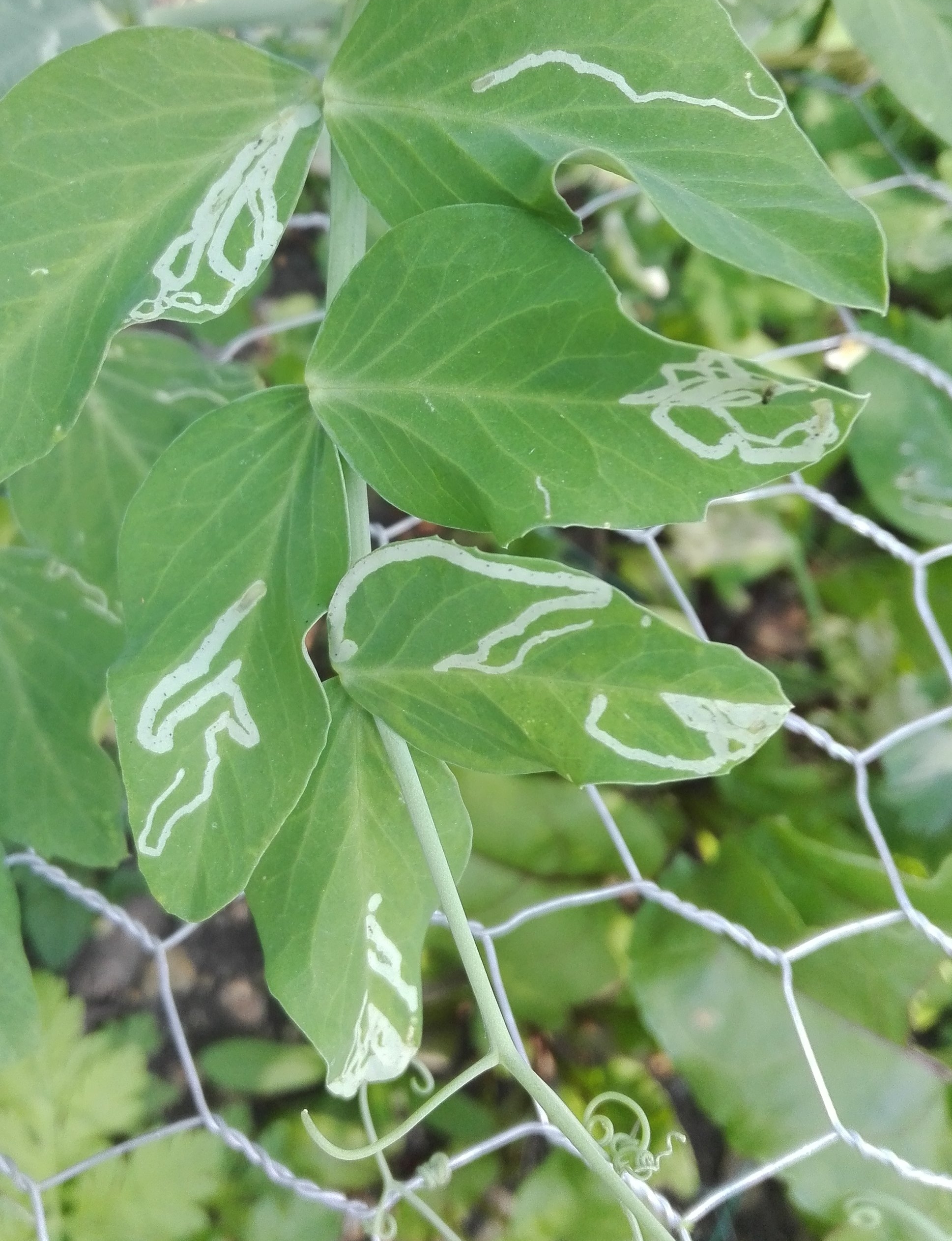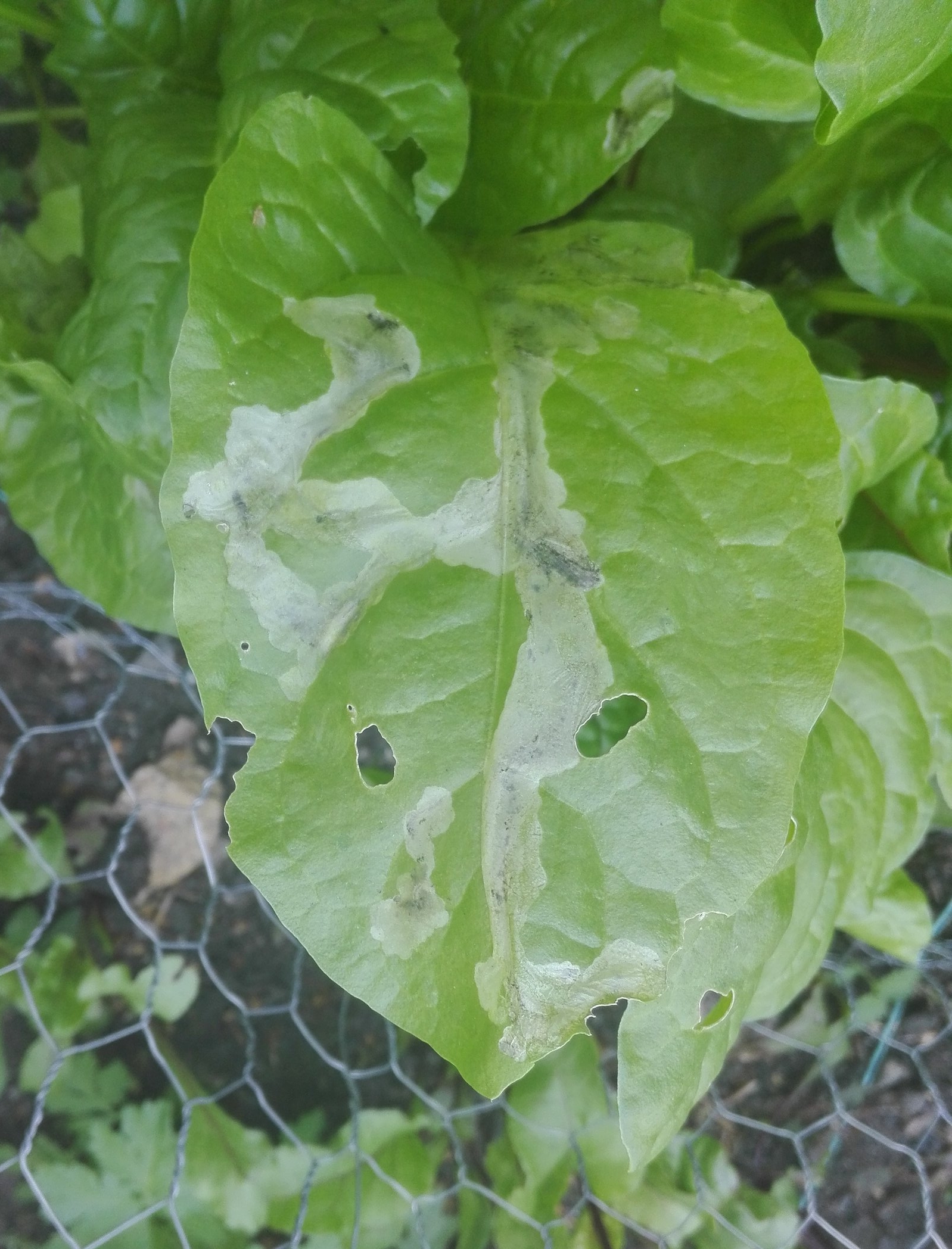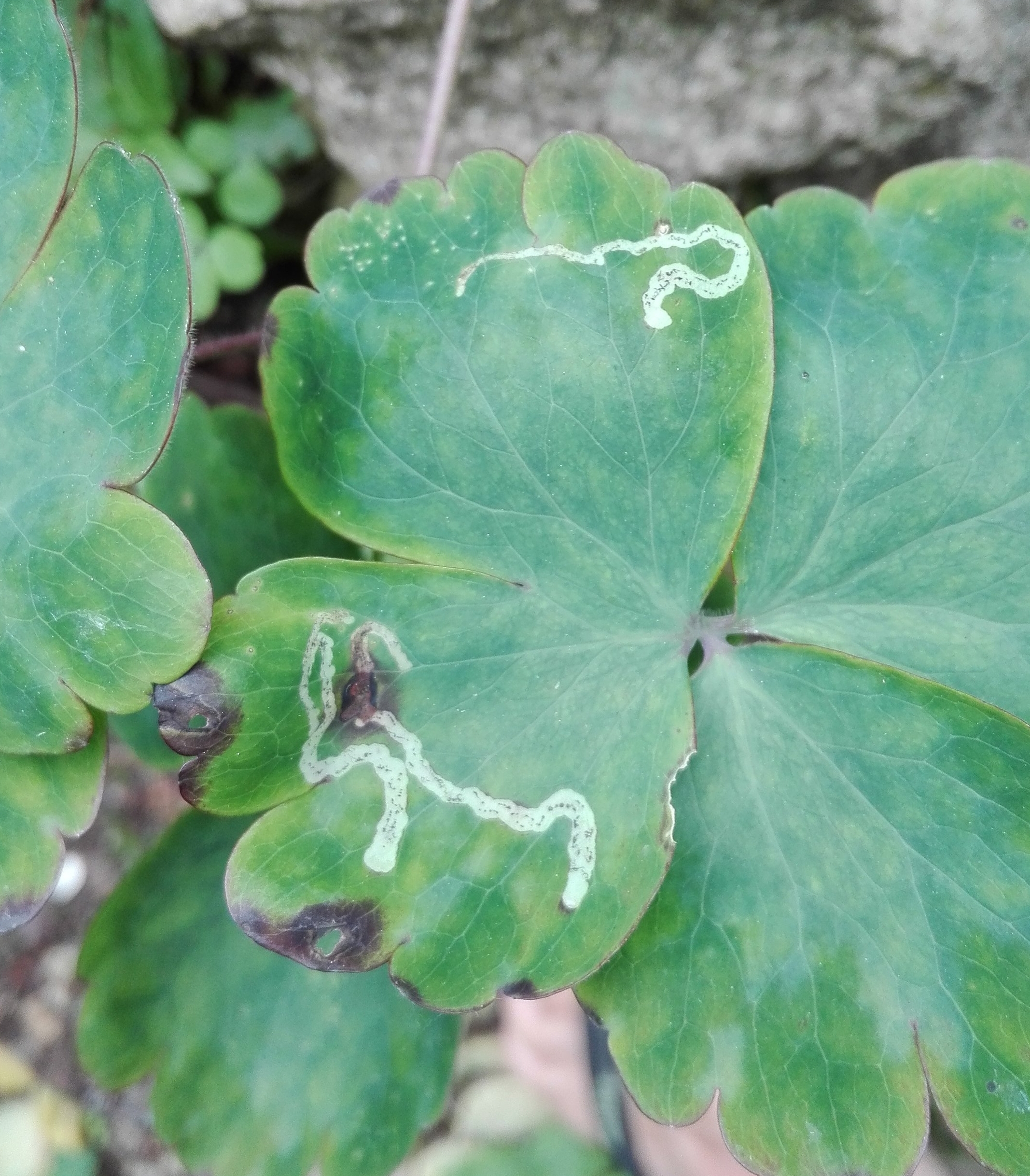Pests on my Veg Seedlings
/Spectacular damage in the space of a few days to my Mizuna (Japanese mustard greens) and Swede seedlings. The final picture, of a Small White Butterfly caterpillar, was taken on 5th July and the first photo of the same leaves, devastated by flea beetles, on 16 July. Partaking in the feeding frenzy, four species of Brassica pest, all new to the list.
The main culprits were tiny black Cabbage-stem Flea Beetles (Psylliodes chrysocephala, #649) that eat little holes in the leaves of many types of Brassica. I also found one Lesser Striped Flea Beetle (Phyllotreta undulata, #647), with a cream-coloured stripe on its flanks. Both the Swede and Mizuna plants also had an infestation of Cabbage Stem Weevils (Ceutorhynchus pallidactylus, #468). The final pest, just on the Swede plants, was Mealy Cabbage Aphid (Brevicoryne brassicae, #650), with this winged adult, but also a fair few green coloured wingless immature aphids on the undersides of the leaves.










